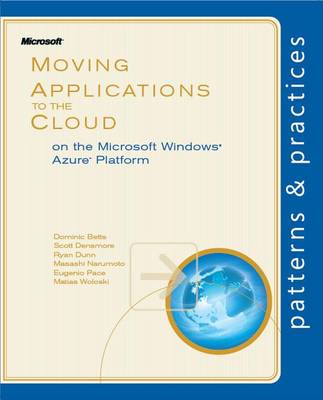How can a company's applications be scalable and have high availability? To achieve this, along with developing the applications, you must also have an infrastructure that can support them. For example, you may need to add servers or increase the capacities of existing ones, have redundant hardware, add logic to the application to handle distributed computing, and add logic for failovers. You have to do this even if an application is in high demand for only short periods of time. Life becomes even more complicated (and expensive) when you start to consider issues such as network latency and security boundaries. The cloud offers a solution to this dilemma. The cloud is made up of interconnected servers located in various data centers. However, you see what appears to be a centralized location that someone else hosts and manages. By shifting the responsibility of maintaining an infrastructure to someone else, you're free to concentrate on what matters most: the application. If the cloud has data centers in different geographical areas, you can move your content closer to the people who are using it most.
If an application is heavily used in Asia, have an instance running in a data center located there. This kind of flexibility may not be available to you if you have to own all the hardware. Another advantage to the cloud is that it's a pay as you go proposition. If you don't need it, you don't have to pay for it. When demand is high, you can scale up, and when demand is low, you can scale back. Yes, by moving applications to the cloud, you're giving up some control and autonomy, but you're also going to benefit from reduced costs, increased flexibility, and scalable computation and storage. The Windows Azure Architecture Guide shows you how to do this.
- ISBN10 0735652236
- ISBN13 9780735652231
- Publish Date 1 August 2010
- Publish Status Active
- Imprint Microsoft Press
- Format eBook
- Language English
